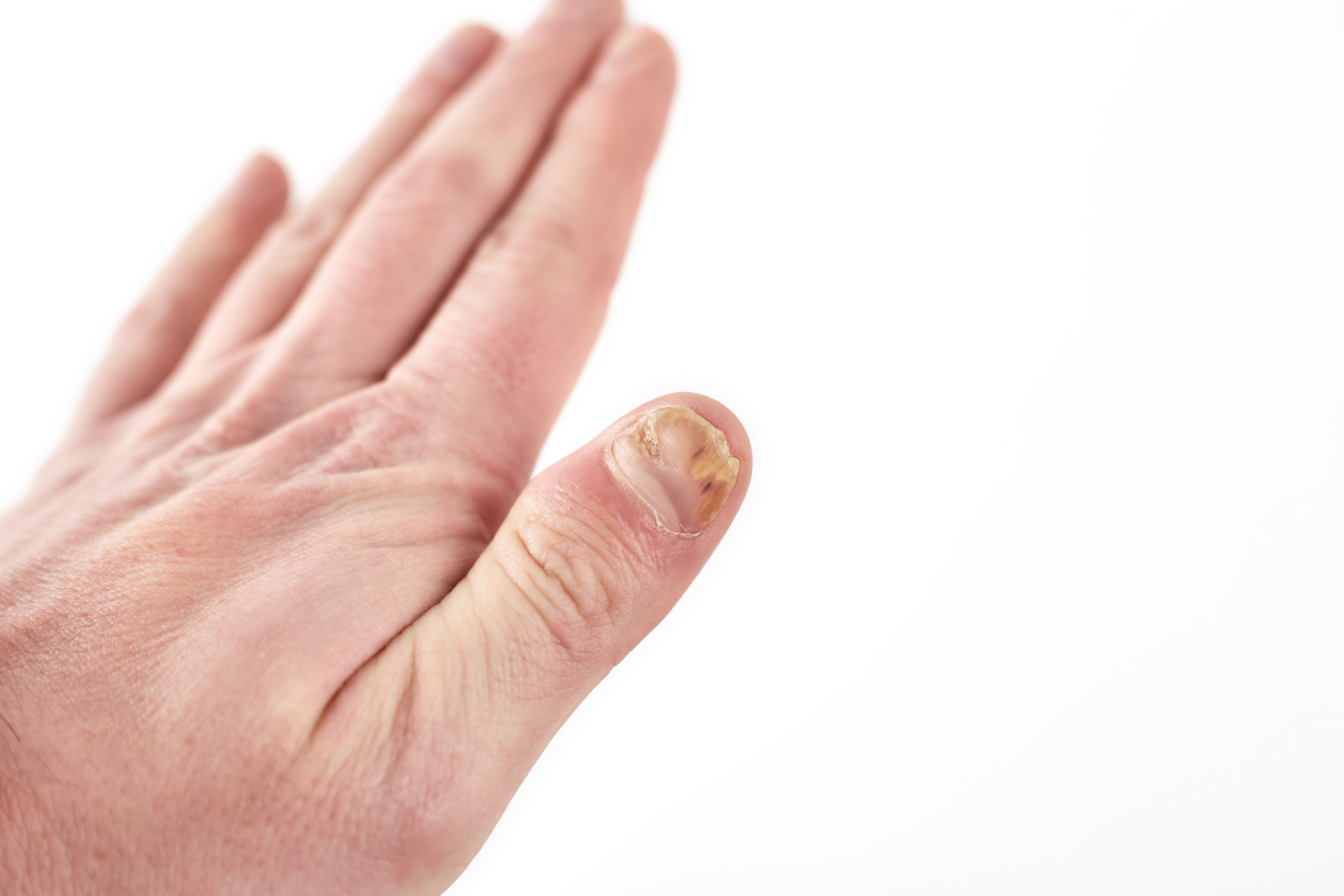- Acne
- Actinic Keratosis
- Aesthetics
- Alopecia
- Atopic Dermatitis
- Buy-and-Bill
- COVID-19
- Case-Based Roundtable
- Chronic Hand Eczema
- Chronic Spontaneous Urticaria
- Drug Watch
- Eczema
- General Dermatology
- Hidradenitis Suppurativa
- Melasma
- NP and PA
- Pediatric Dermatology
- Pigmentary Disorders
- Practice Management
- Precision Medicine and Biologics
- Prurigo Nodularis
- Psoriasis
- Psoriatic Arthritis
- Rare Disease
- Rosacea
- Skin Cancer
- Vitiligo
- Wound Care
Article
MauiDerm 2015: Don't get hung up on the cause of itch
Itchy patients with no rash and no apparent cause may be the bane of the dermatology world, but one expert told colleagues at the Maui Derm 2015 meeting to remember the end game: patient relief.
Itchy patients with no rash and no apparent cause may be the bane of the dermatologist's practice, but one expert told colleagues at the Maui Derm 2015 meeting to remember the end game: patient relief.
“I see dermatologists get hung up on trying to find a cause when 80 percent of the time they’re not going to find one,” says Matthew J. Zirwas, M.D., associate professor of dermatology at The Ohio State University. “They never get to the point where they say, ‘We just need to treat this no matter what the cause is.’”
But they need to get there, he told Dermatology Times, even as they continue to search for a cause through tests and biopsies and keep monitoring patients for changes in their conditions.
Only about 2% of itchy patients have no rash, and about 20% of those have no apparent cause. Anxiety may be a factor,
Dr. Zirwas says, but recent research suggests that many cases that appeared to be psychosomatic are actually caused by neuropathic pain related to the small nerve fibers in the skin. “That changes the way we think about treating these people,” he says.
New tests examine patients for signs of skin neuropathy, but they’re mainly only available on a research level, he says. And it’s not clear how a firm diagnosis would change treatment, he says, which includes antidepressants and antipsychotics for both neuropathic and psychosomatic itch. Either way, “it’s still neurons that are functioning abnormally,” he says.
Dr. Zirwas says he favors the seizure and nerve pain drug gabapentin along with SSRI antidepressants and benzodiazepines. Combination treatments may be helpful.
Do these treatments work? “In the significant majority of patients we at least get them a lot of relief,” he says. “It’s just like treating chronic pain. If our goal is to get the itch 100 percent gone, that’s not a terribly common outcome. But we try to take it from something that’s making them miserable to something that may bother them but isn’t a horrible problem that’s ruining their life.”
More: Four drug categories can help to better manage chronic itch
More from MauiDerm 2015
Newsletter
Like what you’re reading? Subscribe to Dermatology Times for weekly updates on therapies, innovations, and real-world practice tips.








